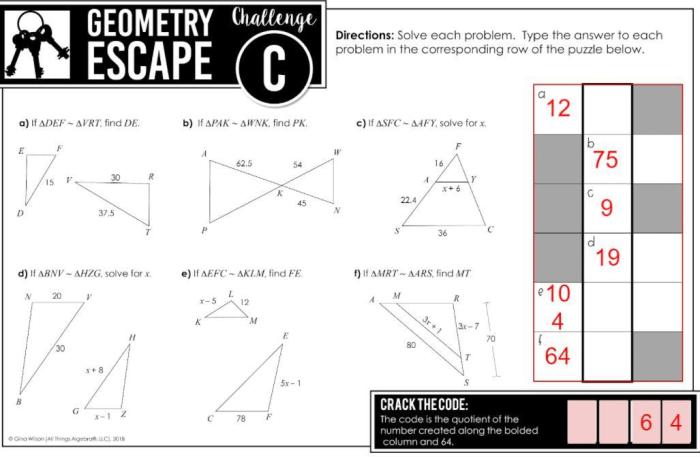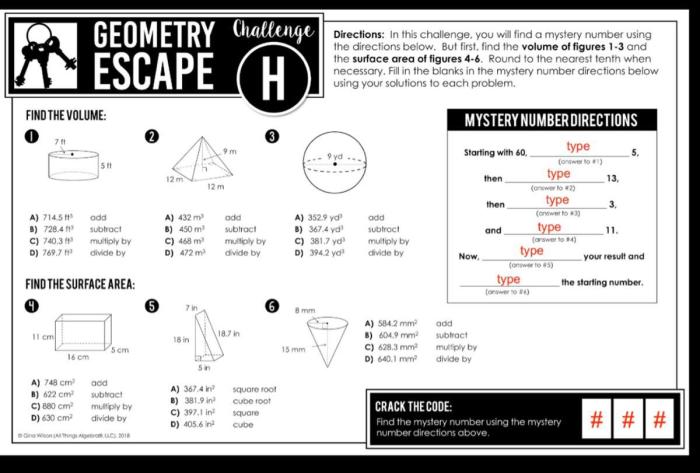Introducing the electron configuration escape room answer key, a comprehensive guide that empowers you to navigate the enigmatic world of atomic structure. This meticulously crafted resource provides a captivating overview of electron configurations, equipping you with the knowledge to decipher the intricacies of the periodic table and unravel the mysteries of chemical bonding.
Delving into the heart of the matter, this guide explores the profound relationship between electron configuration and atomic number, illuminating the periodic trends that govern the behavior of elements. Through engaging examples and interactive tables, you’ll gain a deep understanding of how electron configurations shape the chemical properties of elements, influencing their reactivity and bonding characteristics.
Electron Configuration and Periodic Trends: Electron Configuration Escape Room Answer Key

Electron configuration refers to the distribution of electrons in different energy levels or orbitals around an atom’s nucleus. It plays a crucial role in determining an element’s chemical properties and position on the periodic table.The atomic number of an element, which represents the number of protons in its nucleus, directly determines its electron configuration.
As you move across a period (horizontal row) in the periodic table, the atomic number increases by one, resulting in the addition of one electron to the outermost energy level. Elements in the same group (vertical column) share similar electron configurations, particularly in their outermost energy level, leading to comparable chemical properties.
Escape Room Puzzle Design, Electron configuration escape room answer key
To design an escape room puzzle that challenges players to determine the electron configuration of an element, provide clues such as:
- Atomic number
- Group number
- Period number
Create a table summarizing the clues and corresponding electron configuration for each element:| Element | Atomic Number | Group | Period | Electron Configuration ||—|—|—|—|—|| Hydrogen | 1 | 1 | 1 | 1s 1|| Helium | 2 | 18 | 1 | 1s 2|| Lithium | 3 | 1 | 2 | 1s 22s 1|| Beryllium | 4 | 2 | 2 | 1s 22s 2|| Boron | 5 | 13 | 2 | 1s 22s 22p 1|
Electron Configuration and Chemical Properties

Electron configuration influences the chemical properties of elements by determining their reactivity and bonding behavior. Elements with similar electron configurations tend to exhibit comparable chemical properties. For instance, alkali metals (Group 1) all have one valence electron (electron in the outermost energy level) and are highly reactive.
| Electron Configuration | Chemical Properties |
|---|---|
| ns1 | Alkali metals: highly reactive |
| ns2 | Alkaline earth metals: reactive, but less than alkali metals |
| ns2np3 | Boron group: form covalent compounds |
| ns2np4 | Carbon group: form a wide range of compounds, including organic compounds |
| ns2np5 | Nitrogen group: form covalent compounds, often with multiple bonds |
Valence Electrons and Bonding

Valence electrons are the electrons in an atom’s outermost energy level, which play a critical role in chemical bonding. The number of valence electrons determines an element’s bonding behavior.
| Number of Valence Electrons | Bonding Behavior |
|---|---|
| 1 | Forms ionic bonds (loses electron) |
| 2 | Forms ionic bonds (loses electrons) or covalent bonds (shares electrons) |
| 3 | Forms covalent bonds (shares electrons) |
| 4 | Forms covalent bonds (shares electrons) |
| 5 | Forms covalent bonds (shares electrons) |
| 6 | Forms covalent bonds (shares electrons) |
| 7 | Forms covalent bonds (shares electrons) |
| 8 | Forms covalent bonds (shares electrons) or is unreactive (has a full valence shell) |
Q&A
What is electron configuration?
Electron configuration refers to the distribution of electrons in different energy levels or orbitals around the nucleus of an atom.
How does electron configuration influence chemical properties?
Electron configuration determines the number of valence electrons, which in turn governs an element’s reactivity and bonding behavior.
What is the relationship between electron configuration and the periodic table?
The periodic table is organized based on electron configurations, with elements in the same group sharing similar electron configurations and properties.